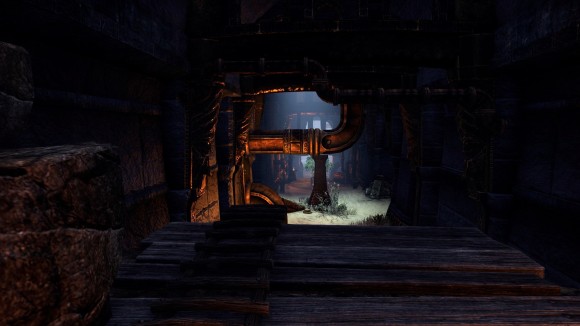
The mysterious sudden disappearance of the Dwemer race centuries ago has left many open questions to which scholars and archaeologists have been unable to answer. One such question that struck me whilst searching the bleak halls of the Santaki Delve is why the Dwemer here incorporated so many facial images into their architecture, large machines, and even the Spheres and Centurions that patrol their subterranean fortresses to this very day.
Could it be that theirs was a dystopian state? A totalitarian or authoritarian society that felt the need for their citizens to feel as if they were being watched through every wall, observed by every machine, and minded by every Automaton?
Or perhaps the almost uniform images were that of the Dwarven ruler of the time. A cult of personality, the omniscient monarch’s image emblazoned in every structure. An ever-present symbol to the citizens of an ever-expanding empire that they are all part of a collective, and subject to the legitimate rule of one leader whom they will almost certainly never meet or see.
Or maybe it was the people’s own insecurities that led to the forging of such images. For almost every society defines people by the jobs they do, and more and more of these jobs were being taken up by the machines and automatons. Perhaps these were but the reflections of a people struggling to hold onto their identities.
I fear we may never discover the answers to these and the many more important questions about the Dwemer’s sudden disappearance; but then again, I never would have thought I would get to meet the last King of the Ayleids on the ancient battlefields of Glenumbra Moors either.
S.K



























